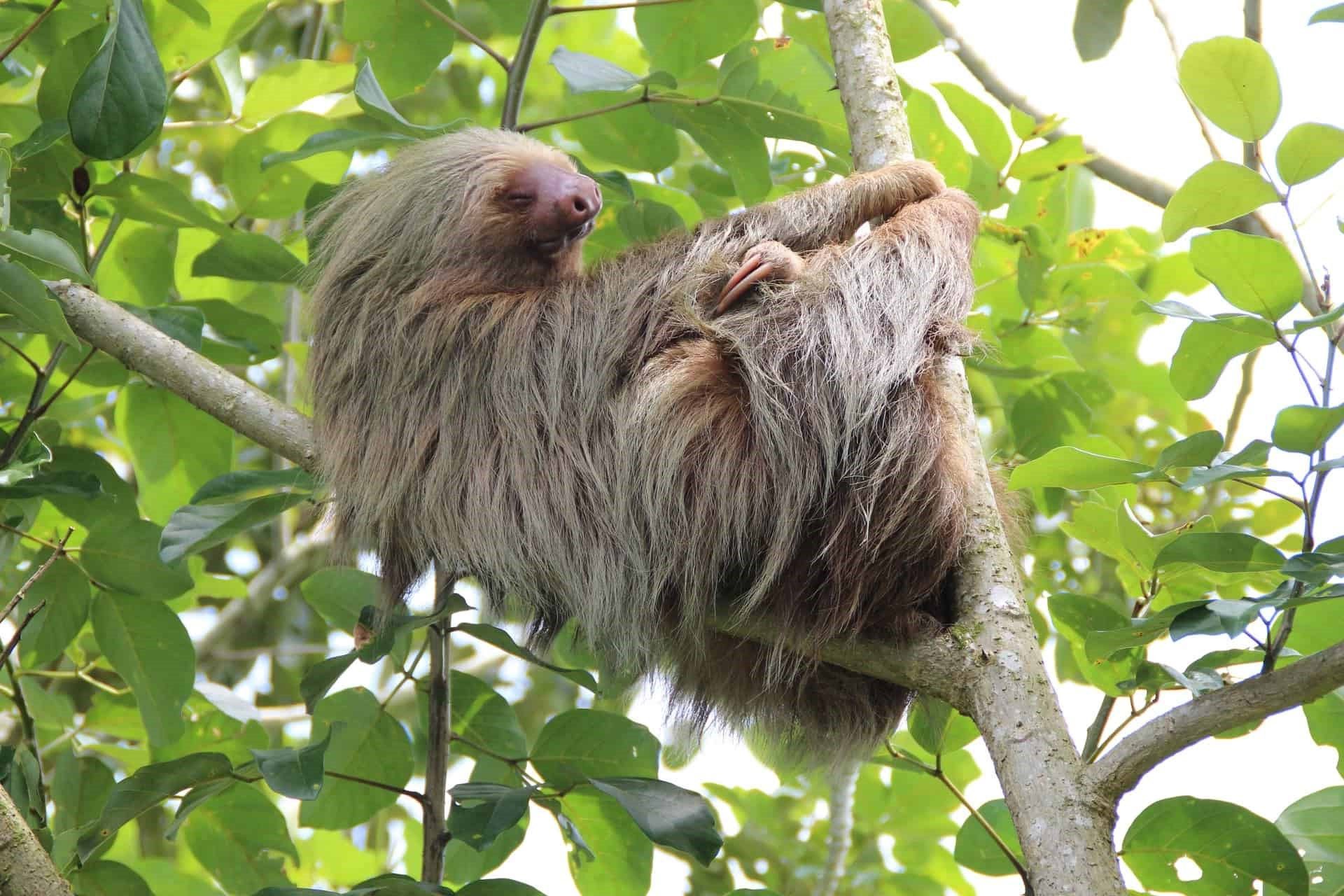
Nasturtiums are not just your ordinary garden flowers. Their vibrant colors and unique appearance make them a standout addition to any landscape. However, there’s more to these beautiful blooms than meets the eye. In this article, we will delve into the captivating world of nasturtiums and uncover some fascinating facts about these plants.From their origins in South America to their various health benefits, nasturtiums have a rich history and have been valued for both their beauty and practical uses. Whether you are a gardening enthusiast or simply curious about the wonders of nature, you’ll be amazed by the intriguing qualities of nasturtiums. So, let’s embark on this journey to discover 11 captivating facts about nasturtiums that will leave you in awe of these remarkable plants.
Key Takeaways:
- Nasturtiums are not just pretty flowers; they’re also edible and attract pollinators, making them a vibrant and beneficial addition to any garden.
- Nasturtiums are easy to grow, have medicinal uses, and thrive in poor soil, making them a resilient and versatile plant for both experienced and novice gardeners.
Nasturtiums belong to the Tropaeolum genus
Nasturtiums, scientifically known as Tropaeolum, are a genus of flowering plants native to South America. With their bright and showy blooms, they are a popular choice for gardeners worldwide.
They come in a variety of colors
Featuring vibrant hues like fiery reds, sunny yellows, and calming pastels, nasturtiums offer a dazzling display of colors. From single-tone to bi-colored petals, these flowers effortlessly add a pop of brilliance to any garden or floral arrangement.
Nasturtiums are easy to grow
Whether you have a green thumb or are a gardening novice, nasturtiums are a fantastic choice. They are highly adaptable and thrive in various growing conditions, making them suitable for both outdoor gardens and container planting.
They have edible blossoms and leaves
Aside from their visual appeal, nasturtiums also provide a culinary delight. The flowers and leaves of nasturtiums are not only attractive but also edible. They have a peppery flavor, perfect for garnishing salads, soups, and other dishes.
Nasturtiums attract pollinators
The vibrant colors and delightful fragrance of nasturtiums make them irresistible to pollinators like bees and butterflies. By planting nasturtiums in your garden, you’ll be creating a haven for these important creatures, contributing to the overall biodiversity of your space.
They are beneficial companion plants
Nasturtiums have natural pest-repelling properties, making them excellent companion plants for vegetables and herbs. Their pungent scent acts as a deterrent for aphids, whiteflies, and other garden pests, protecting nearby crops from infestations.
Nasturtiums are rich in vitamin C
Did you know that nasturtiums are not only beautiful but also nutritious? These plants are rich in vitamin C, which is known for its immune-boosting properties. Incorporating nasturtiums into your diet can be a flavorful way to enhance your overall well-being.
They have medicinal uses
In addition to their nutritional benefits, nasturtiums have long been used in traditional medicine. They are believed to have antimicrobial properties and have been used to treat various ailments, including respiratory infections and urinary tract issues.
Nasturtiums are climbers
Some varieties of nasturtiums are known as climbing nasturtiums. These plants have sprawling vines that can reach impressive heights, making them an excellent choice for adding vertical interest and dimension to your garden.
They thrive in poor soil
Nasturtiums are known for their ability to grow in less-than-ideal soil conditions. They can thrive in poor or sandy soil, making them a great option for areas with less fertile ground. Their resilience and adaptability are truly remarkable.
Nasturtiums have a peppery scent
When you get close to a nasturtium plant, you’ll be greeted by a distinct and delightful peppery aroma. This unique scent adds another dimension of sensory appeal to these already captivating flowers.
With their captivating colors, edible qualities, and a range of interesting characteristics, nasturtiums are undoubtedly a fascinating plant to incorporate into your garden or home. Experiment with different varieties and let the beauty of these flowers brighten up your space!
Conclusion
In conclusion, nasturtiums are not only vibrant and beautiful flowers, but they also possess a myriad of captivating qualities that make them truly unique. From their edible flowers and leaves to their medicinal properties and pest repellent abilities, nasturtiums are a delightful addition to any garden or culinary adventure. Their versatility and ease of cultivation make them a popular choice among both seasoned gardeners and beginners.Whether you want to add a pop of color to your dishes, boost your immune system, or keep pests at bay, nasturtiums have got you covered. So why not consider planting these charming flowers in your garden and experience the wonders they have to offer? With their stunning blooms, delicious flavors, and numerous benefits, it’s no wonder nasturtiums continue to captivate gardeners and plant enthusiasts around the world.
FAQs
Q: What are the different types of nasturtiums?
A: There are several varieties of nasturtiums, including the common nasturtium (Tropaeolum majus) with its vibrant orange and yellow flowers, as well as the trailing nasturtium (Tropaeolum minus) that drapes beautifully over walls or containers.
Q: Can I eat nasturtium flowers?
A: Absolutely! Nasturtium flowers have a slightly peppery flavor and can be used to add a vibrant touch to salads, sandwiches, or even as a garnish for various dishes.
Q: Are nasturtium leaves edible too?
A: Yes, both the flowers and leaves of nasturtiums are edible. The leaves have a unique peppery taste and can be enjoyed in salads or used as a substitute for spinach in cooked dishes.
Q: Are nasturtiums difficult to grow?
A: Not at all! Nasturtiums are actually quite easy to grow. They prefer well-drained soil and thrive in full sun or partial shade. They are also known for their ability to tolerate poor soil conditions.
Q: Do nasturtiums have any health benefits?
A: Yes, nasturtiums are rich in vitamin C and have been used in traditional medicine for their antibacterial and antifungal properties. They are also believed to help boost the immune system and aid digestion.
Was this page helpful?
Our commitment to delivering trustworthy and engaging content is at the heart of what we do. Each fact on our site is contributed by real users like you, bringing a wealth of diverse insights and information. To ensure the highest standards of accuracy and reliability, our dedicated editors meticulously review each submission. This process guarantees that the facts we share are not only fascinating but also credible. Trust in our commitment to quality and authenticity as you explore and learn with us.


